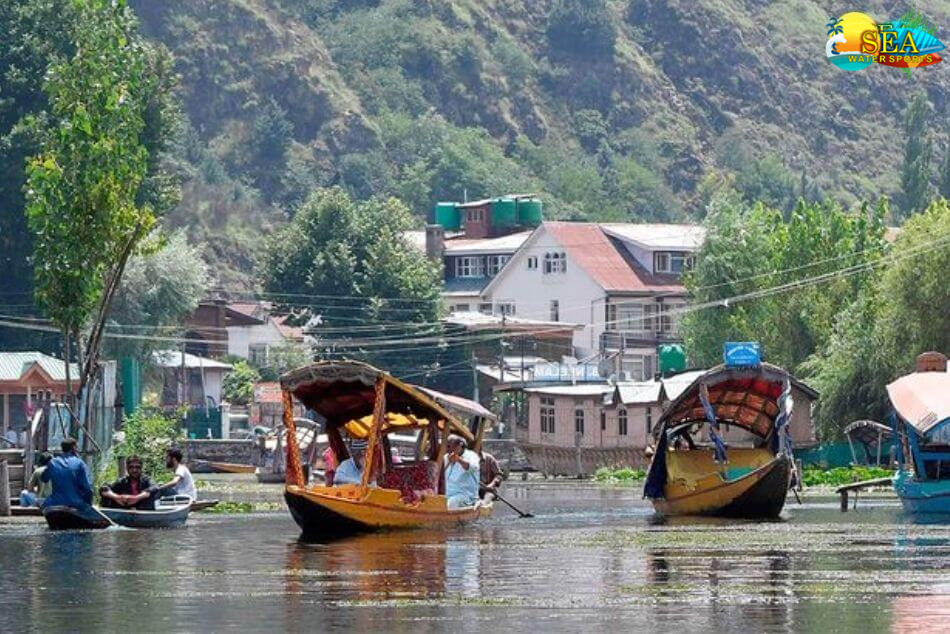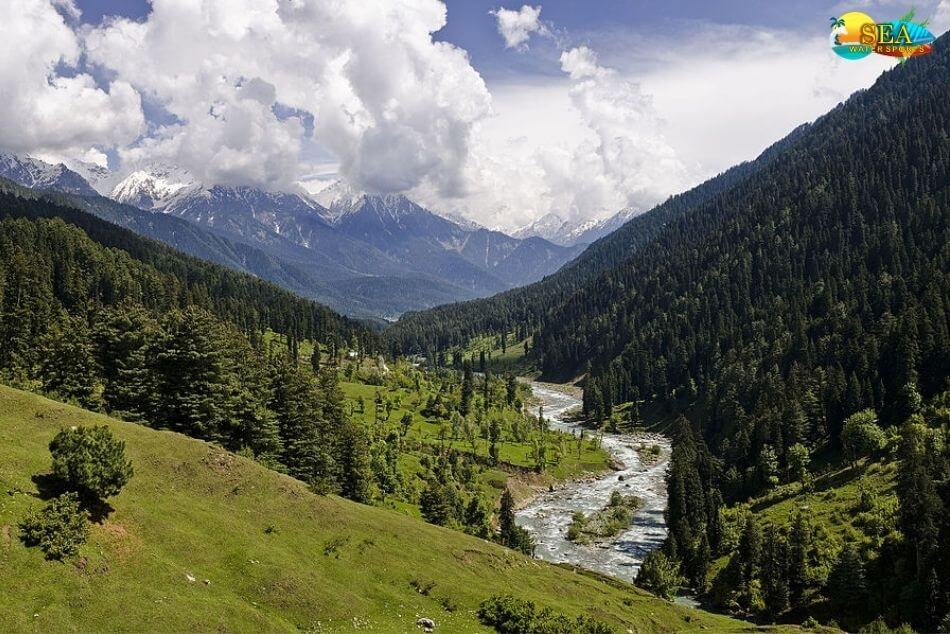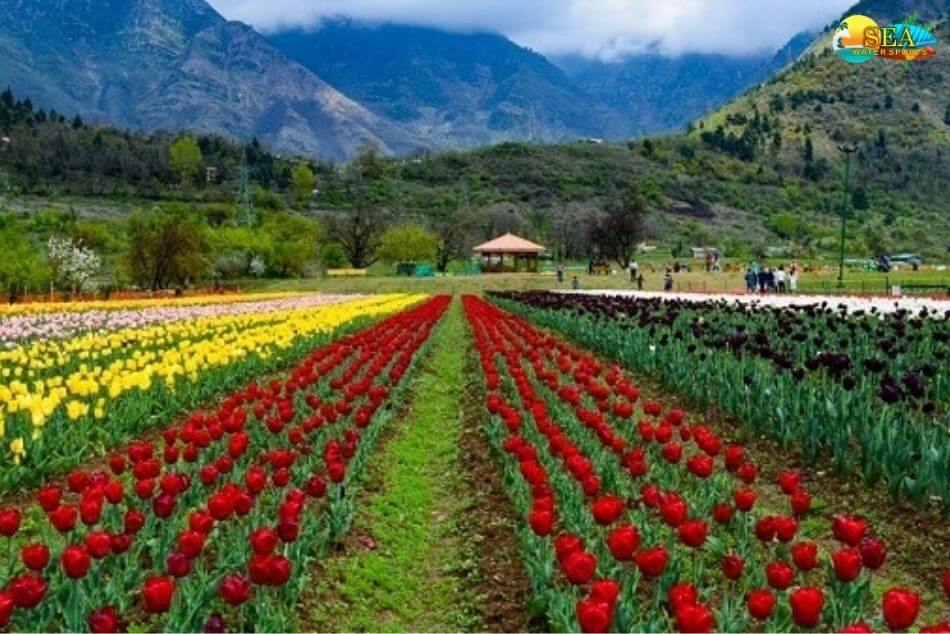More Places In Jammu & Kashmir
Sign In
Sign Up
Use the username and password that you specified when registering on the site
Sign Up
Sign In
Fill in the registration form and save your favorite tours, synchronize them on all devices
Forgot password?
Use the e-mail and password that you specified when registering on the site













FAQ
Q1. How to reach Poonch Fort in Jammu and Kashmir?
Ans Poonch Fort is 232 kilometers away from Jammu city and 228 kilometers from Katra, which can be accessed by national highways 144 and 144A. The nearest airport is Jammu Domestic Airport which is connected to other domestic airports in India, and Srinagar International Airport, which is connected to national and international airports. Jammu Tawi, Katra, and Udhampur are the closest railway stations from Poonch Fort and connect via intercity road transports.National Highway 1 A and 144 are used to reach Poonch fort or Jammu City from other parts of India by any government or private transports.
Q2. Where is Poonch Fort situated?
Ans Poonch fort is situated in the center of Poonch District, 232 kilometers away from Jammu city, and takes around six to seven hours to reach by road transport.
Q3. What is the best season to visit Poonch Fort in Jammu?
Ans The best season to visit Poonch Fort in Jammu is from October to May due to agreeable weather conditions for traveling.
Q4. Who built Poonch Fort in Jammu?
Ans Different Kings built Poonch fort in Jammu from different centuries. Though King Abdul Razaq Khan laid the defense's footing during 1713 A.D., and the actual construction was done by his son Raja Rustom Khan from 1760 to 1787 AD. Later many other buildings were added by different Kings to the main structure like Diwan Moti Ram or Misar Diwan Chand, and Raja Moti Singh.
Q5. What are the timings to visit Poonch Fort in Jammu?
Ans Timings to visit Poonch fort in Jammu is from 10.00 AM to 6.00 PM every day.